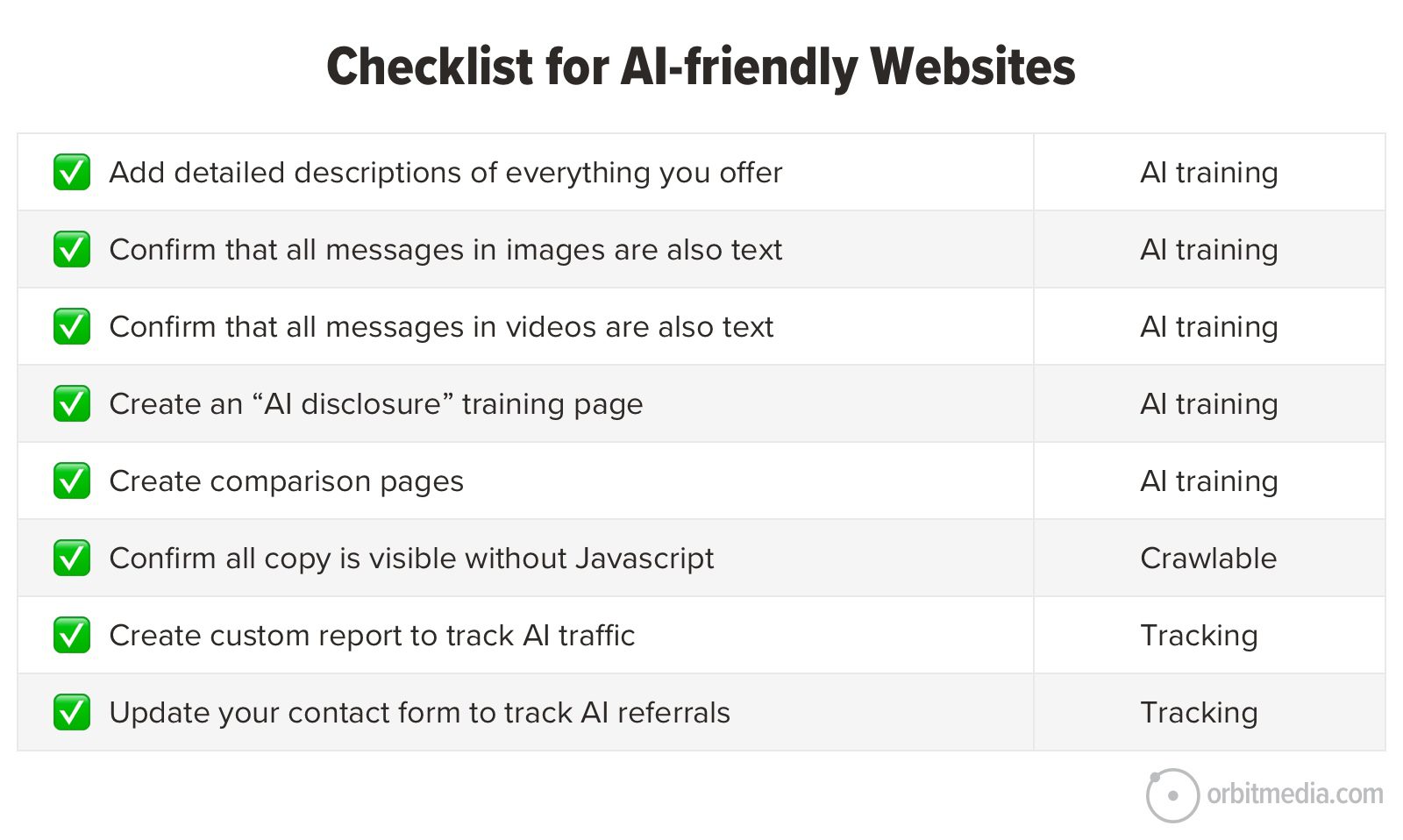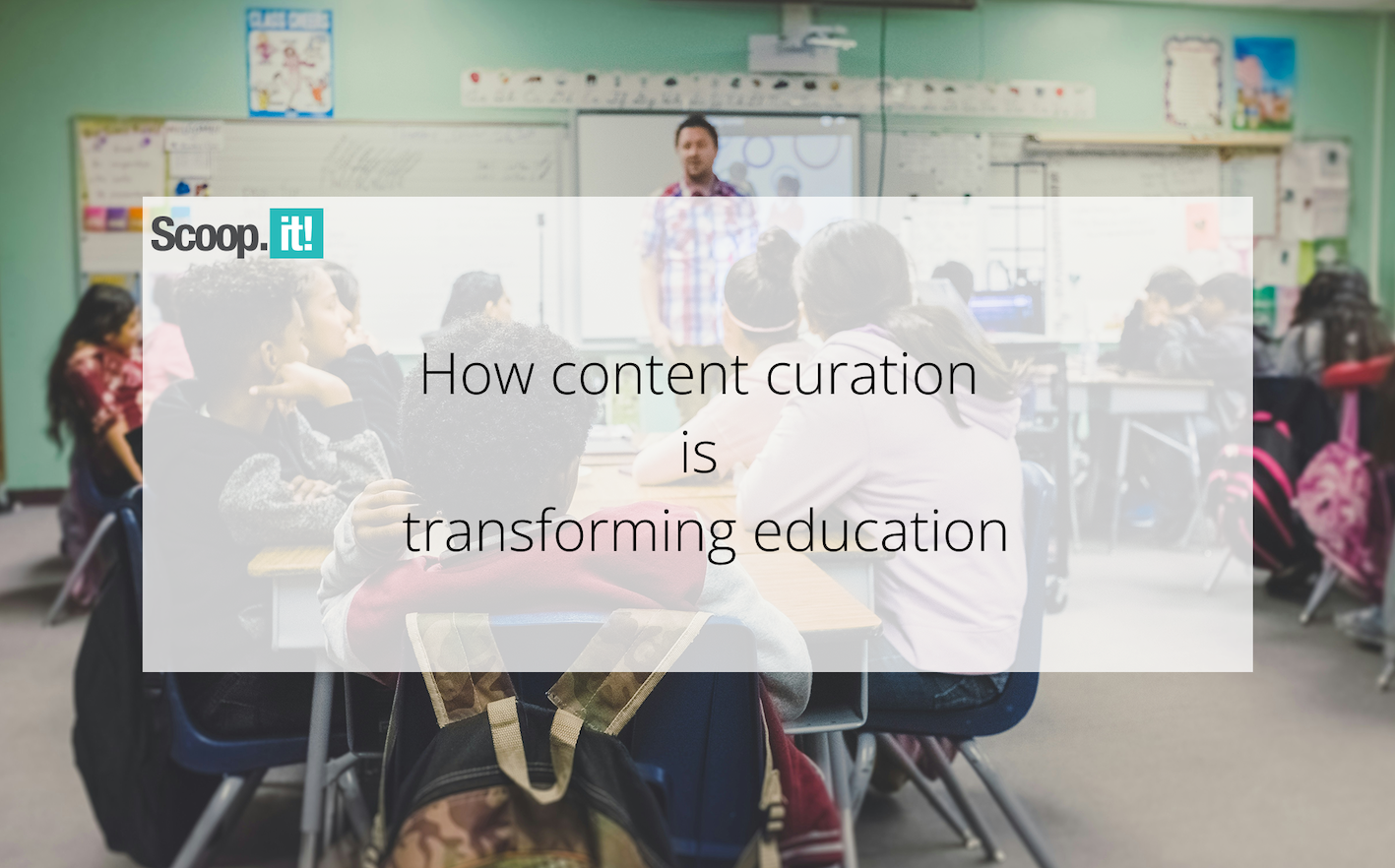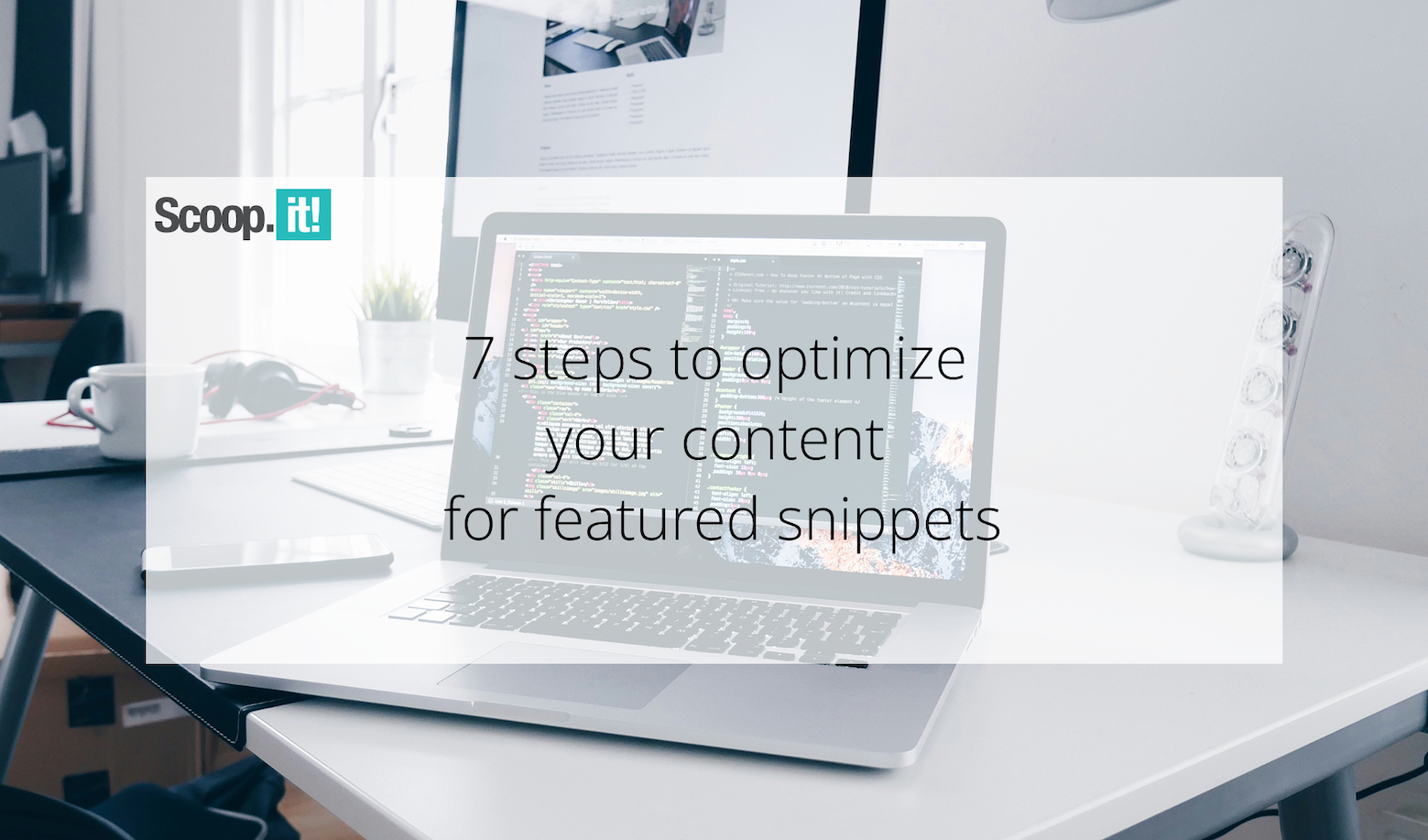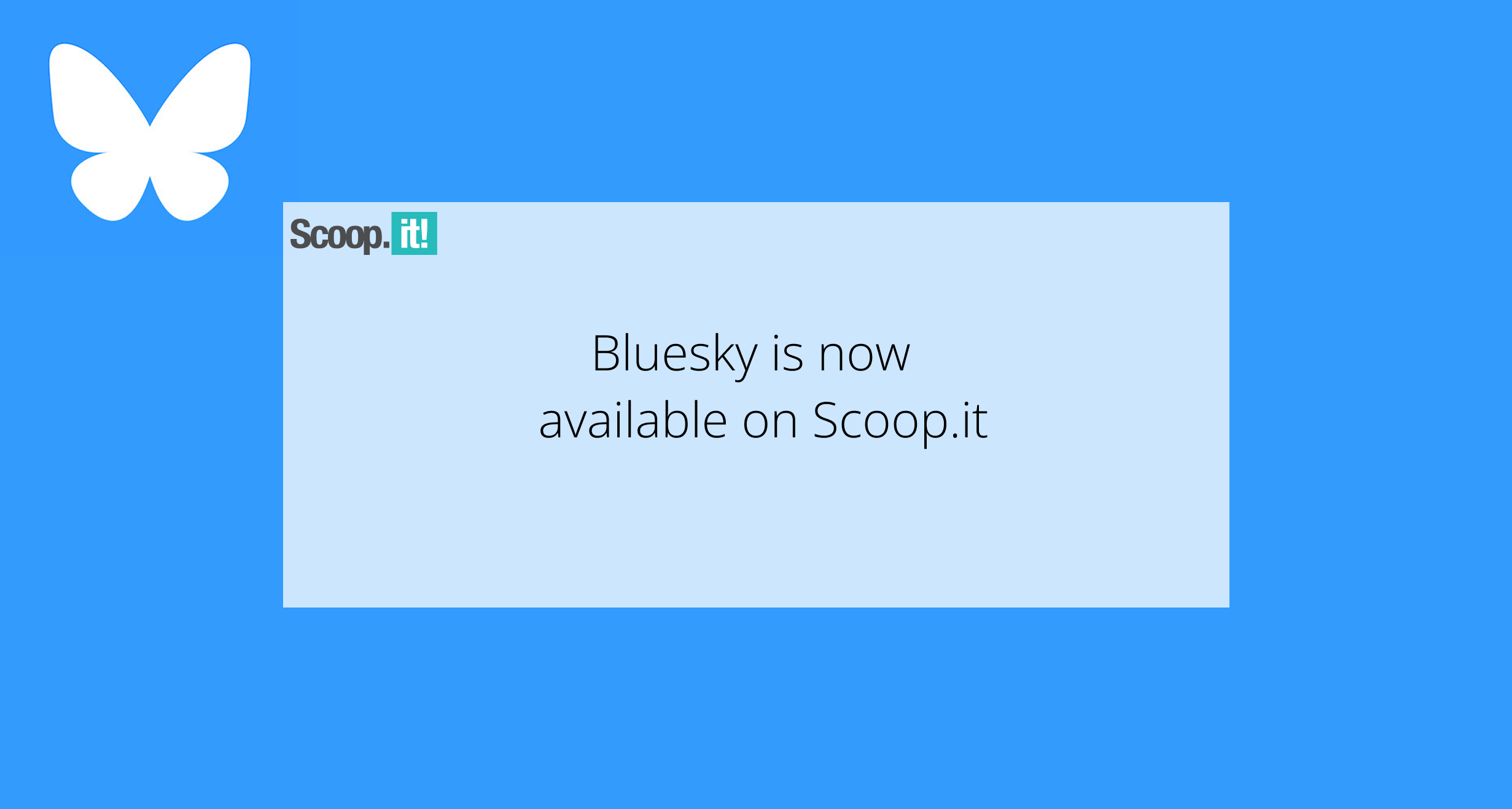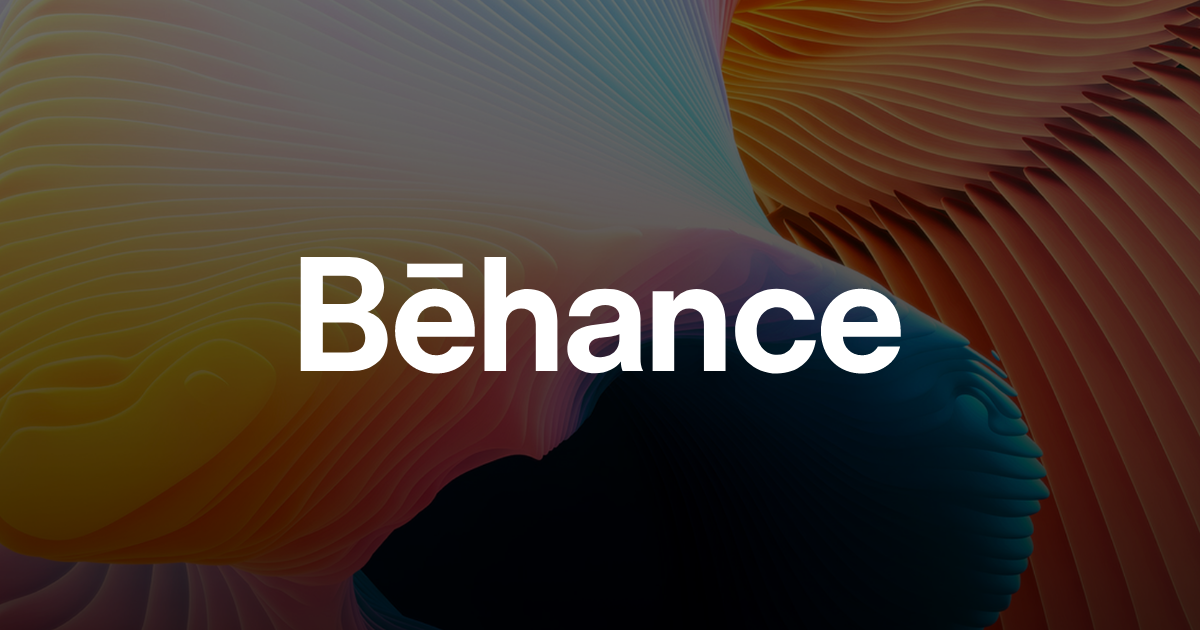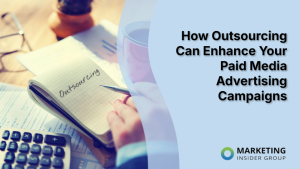Understanding Full-Funnel Marketing in Paid Media Advertising
Modern marketing isn’t really about getting clicks anymore—it’s about strategically guiding potential customers through every stage of the buying journey. What’s one way to achieve that? Full-funnel marketing. According to Think with Google, brands that use a full-funnel strategy see up to 45% higher ROI on their ad spend compared to those that focus on […]
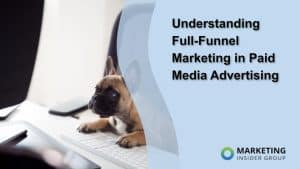

Modern marketing isn’t really about getting clicks anymore—it’s about strategically guiding potential customers through every stage of the buying journey.
What’s one way to achieve that? Full-funnel marketing.
According to Think with Google, brands that use a full-funnel strategy see up to 45% higher ROI on their ad spend compared to those that focus on a single stage.
Ignoring certain stages of the funnel means losing potential customers before they ever even have a chance to convert. But by using a full-funnel approach, your business can nurture leads from awareness to purchase and far beyond.
Let’s jump in to discuss what full-funnel marketing is and how to use it effectively.
Quick Takeaways:
- Full-funnel marketing covers three main stages: awareness, consideration, and conversion.
- Paid media plays a role in every stage, from display ads to retargeting campaigns.
- A consistent message across the funnel improves customer trust and engagement.
- Data-driven optimization ensures the right ads reach the right audience at the right time.
- Measuring performance at each stage helps maximize overall campaign success.
Breaking Down Full-Funnel Marketing
Full-funnel marketing ensures that paid media efforts align with every stage of the customer journey. Rather than focusing only on immediate conversions, this strategy nurtures potential buyers throughout their decision-making process. Here’s how it works:
1. Awareness Stage: Capturing Attention
At the top of the funnel, people may not even know they need your product. The goal here is to build brand recognition and engage a broad audience.
Paid Media Tactics:
- Display and Video Ads: Use visually engaging content to introduce your brand.
- Social Media Ads: Platforms like Facebook, Instagram, and LinkedIn offer targeting options to reach new audiences.
- Sponsored Content: Articles and influencer partnerships can help spark interest.
- Programmatic Advertising: AI-driven ads ensure messages reach the right audience.
2. Consideration Stage: Building Interest
Now that potential customers recognize your brand, they start researching and comparing options. Paid media in this stage should provide helpful information and reinforce credibility.
Paid Media Tactics:
- Search Ads: Capture intent-based searches by bidding on relevant keywords.
- Remarketing Ads: Re-engage users who visited your site but didn’t take action.
- Comparison Ads: Show how your product stacks up against competitors.
- Webinar or Downloadable Content Promotions: Provide valuable insights in exchange for contact information.
3. Conversion Stage: Driving Action
This is where the focus shifts to turning leads into customers. Your paid media efforts should highlight urgency, incentives, and trust signals to push people toward a decision.
Paid Media Tactics:
- Retargeting Ads: Deliver reminders to users who abandoned their shopping carts.
- Discount or Promo Code Ads: Encourage conversions with limited-time offers.
- Customer Testimonial Ads: Build trust by showcasing positive experiences.
- Direct Call-to-Action Ads: Use compelling messaging like “Buy Now” or “Schedule a Demo.”

Optimizing Full-Funnel Paid Media for Maximum Impact
A successful full-funnel marketing strategy isn’t static. It requires ongoing refinement and optimization to maximize results.
1. Data-Driven Audience Targeting
Use audience segmentation to ensure different ad types reach the right people at the right time. Retargeting pixels, CRM integrations, and lookalike audiences help refine targeting across the funnel.
2. Message Consistency Across Platforms
Your brand voice and visuals should remain consistent whether someone sees a top-of-funnel awareness ad or a bottom-funnel retargeting message. Mixed messaging confuses potential customers and weakens brand trust.
3. Testing and Adjusting Campaigns
A/B testing different headlines, images, and CTAs at each funnel stage helps determine what resonates best with your audience. Paid media strategies should evolve based on performance data.
4. Attribution and Measurement
To understand the impact of full-funnel marketing, track KPIs at every stage. Monitor metrics like brand lift for awareness campaigns, engagement rates for consideration ads, and ROAS (return on ad spend) for conversion-focused efforts.
Why Full-Funnel Marketing Works
Businesses that focus only on conversion campaigns often miss out on long-term brand growth. Full-funnel strategies create a sustainable pipeline of leads by building awareness and trust before asking for a sale.
According to a Nielsen study, brands that invest in upper-funnel marketing see 70% higher conversion rates in lower-funnel efforts. By nurturing customers throughout their journey, full-funnel marketing ensures your paid media budget delivers stronger, more sustainable returns.

Need a Recap? Here’s 5 FAQs:
- What is full-funnel marketing in paid media?
Full-funnel marketing is a strategy that aligns paid media campaigns with every stage of the buyer’s journey—awareness, consideration, and conversion. - Why is full-funnel marketing more effective than focusing on conversions alone?
Because it nurtures potential customers over time, leading to higher trust, stronger engagement, and ultimately, better conversion rates. - What types of paid media work best for top-of-funnel marketing?
Display ads, social media campaigns, and video content work well to generate awareness and capture attention. - How can I measure the success of a full-funnel marketing strategy?
Track KPIs like brand lift for awareness, engagement rates for consideration, and ROAS for conversion-focused campaigns. - How often should I optimize my full-funnel marketing strategy?
Regular testing and data analysis should be ongoing. Adjust messaging, targeting, and budget allocation based on performance insights.
Long-Term Success Through Full-Funnel Strategy
Paid media isn’t just about immediate conversions—it’s about creating a seamless customer journey. Full-funnel marketing allows businesses to build awareness, nurture interest, and drive action in a way that feels natural and effective.
By optimizing every stage of the funnel, brands can turn potential buyers into long-term customers while maximizing their ad spend. Investing in a structured approach today sets the foundation for continued success in the future.
If you’re unsure where to begin in your marketing process, Marketing Insider Group offers specialized services to create content, manage campaigns, and engage with your audience. Contact us today to learn more or book your free consultation with our team!



















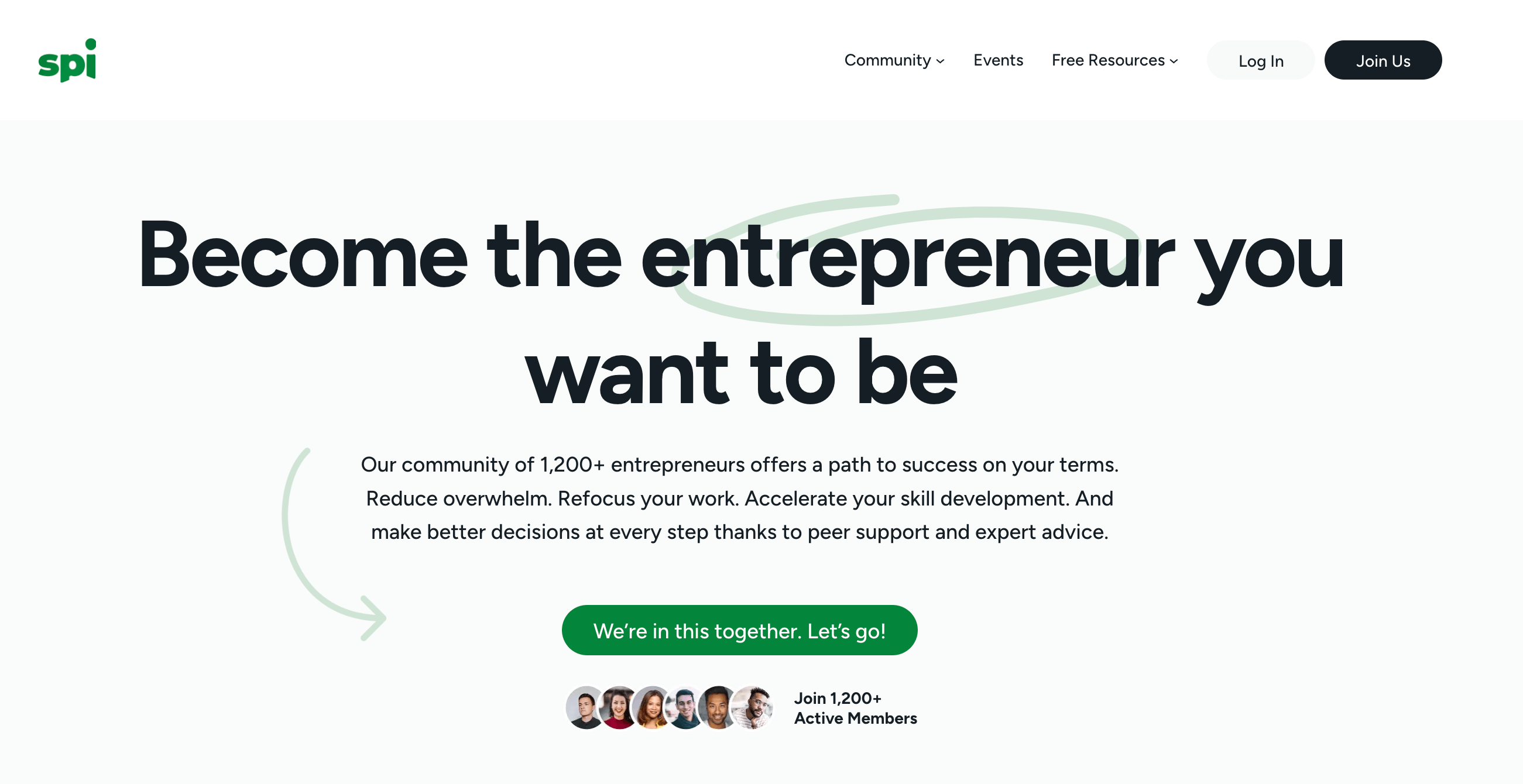


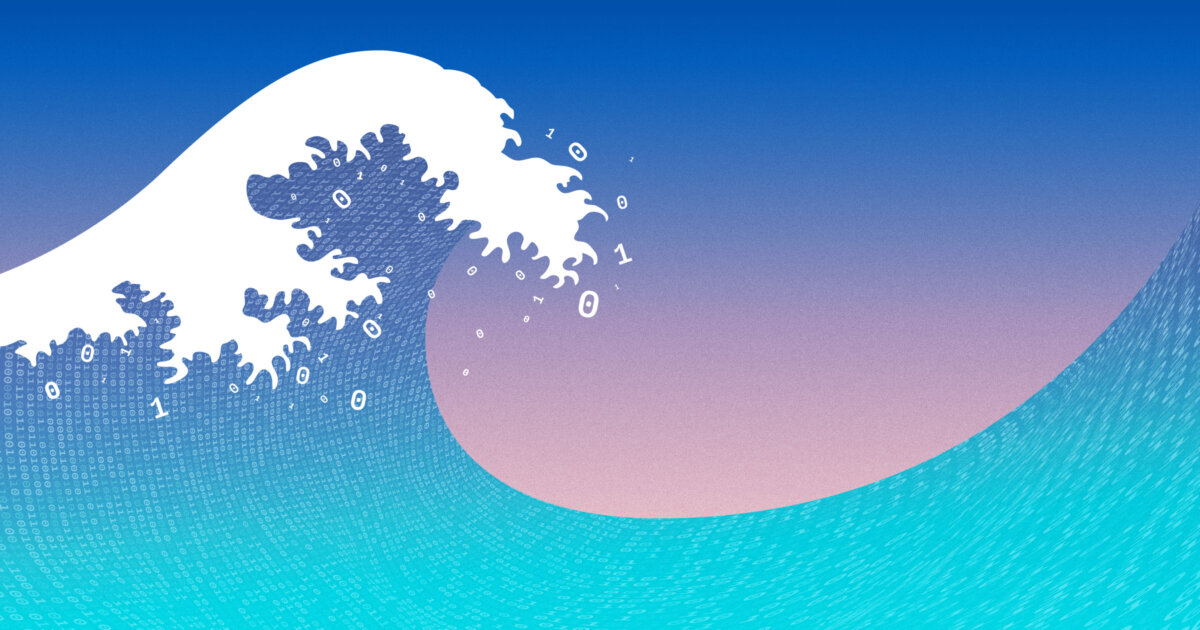

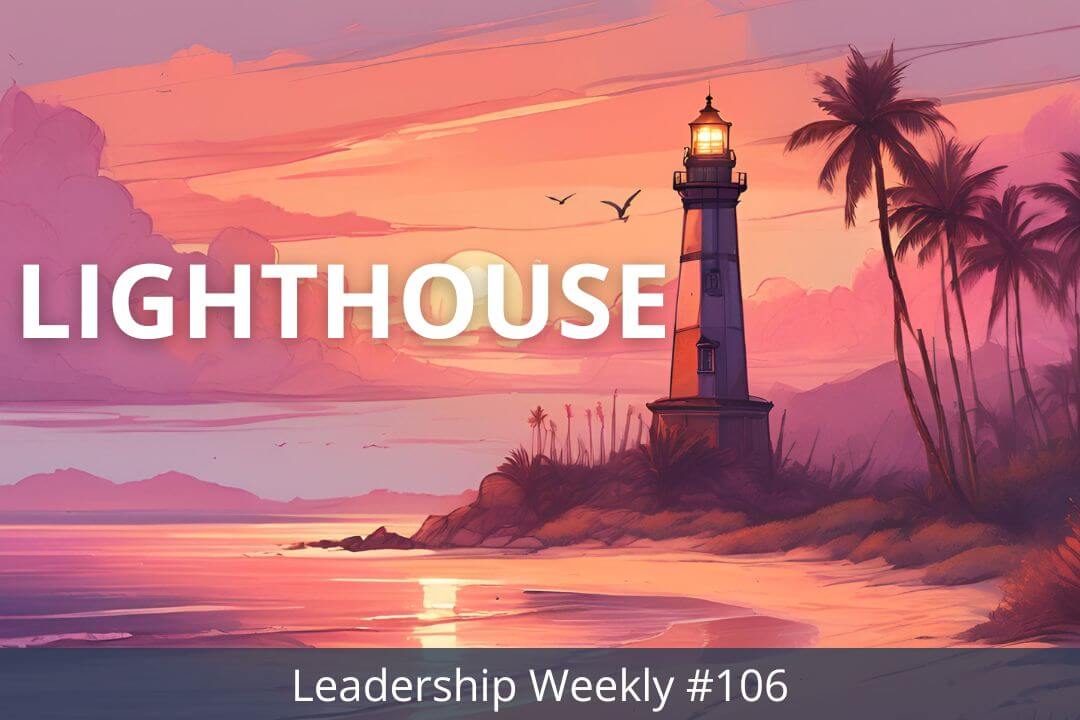


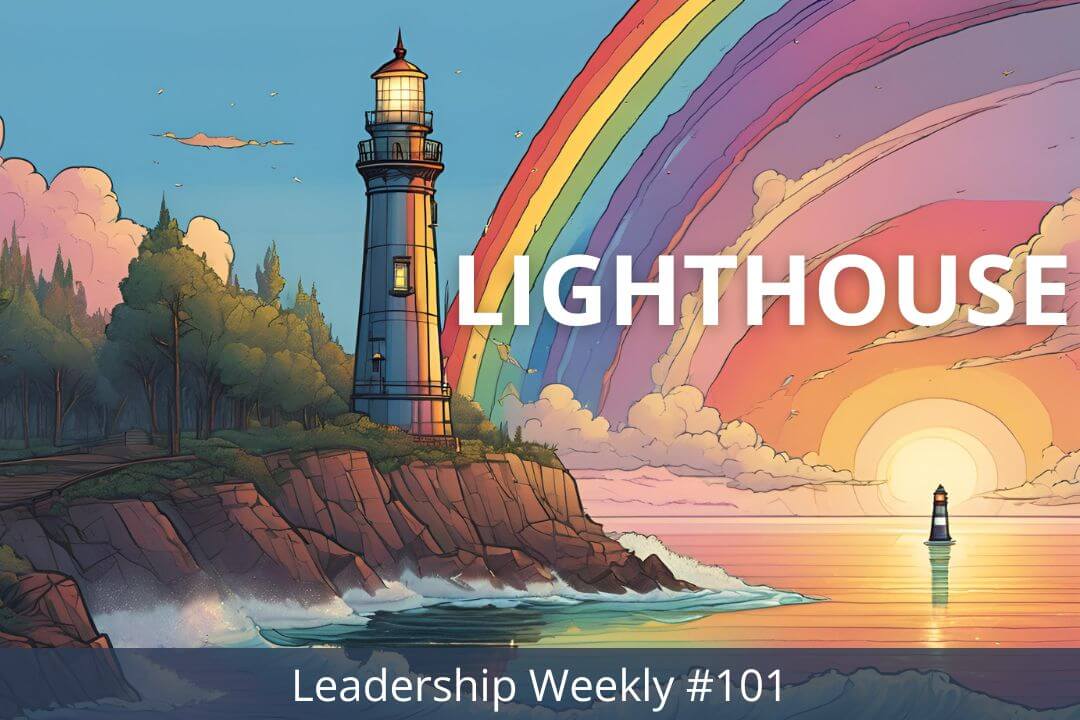

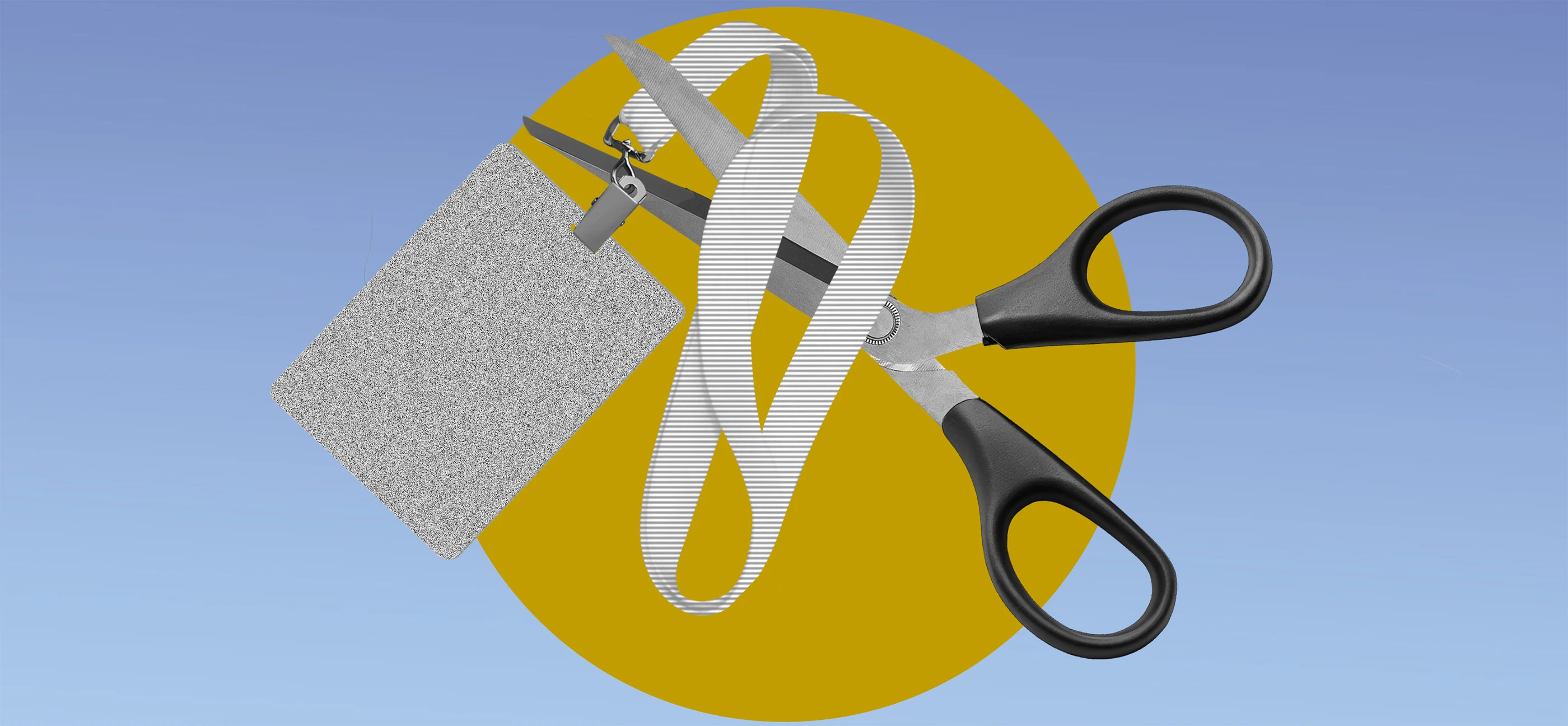







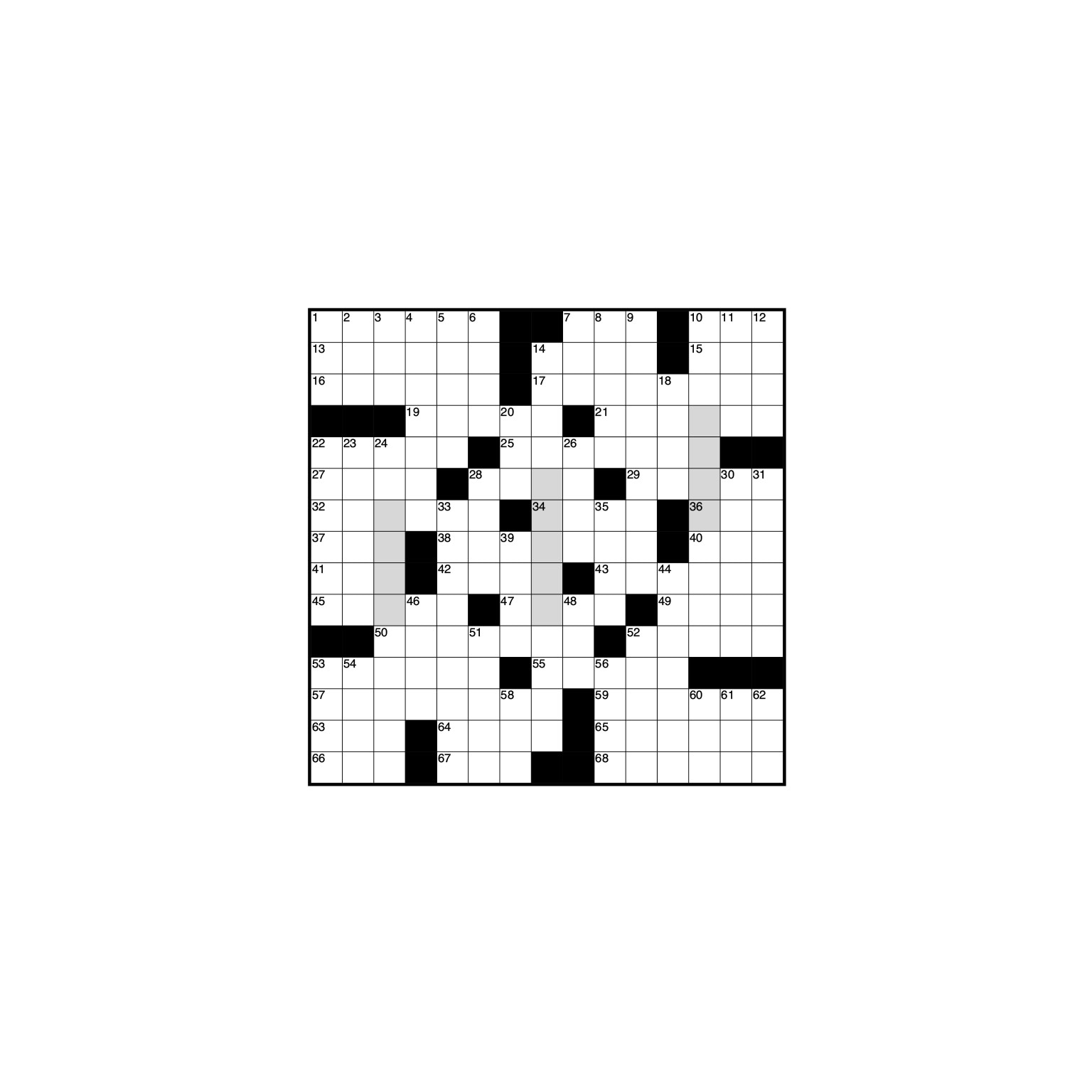




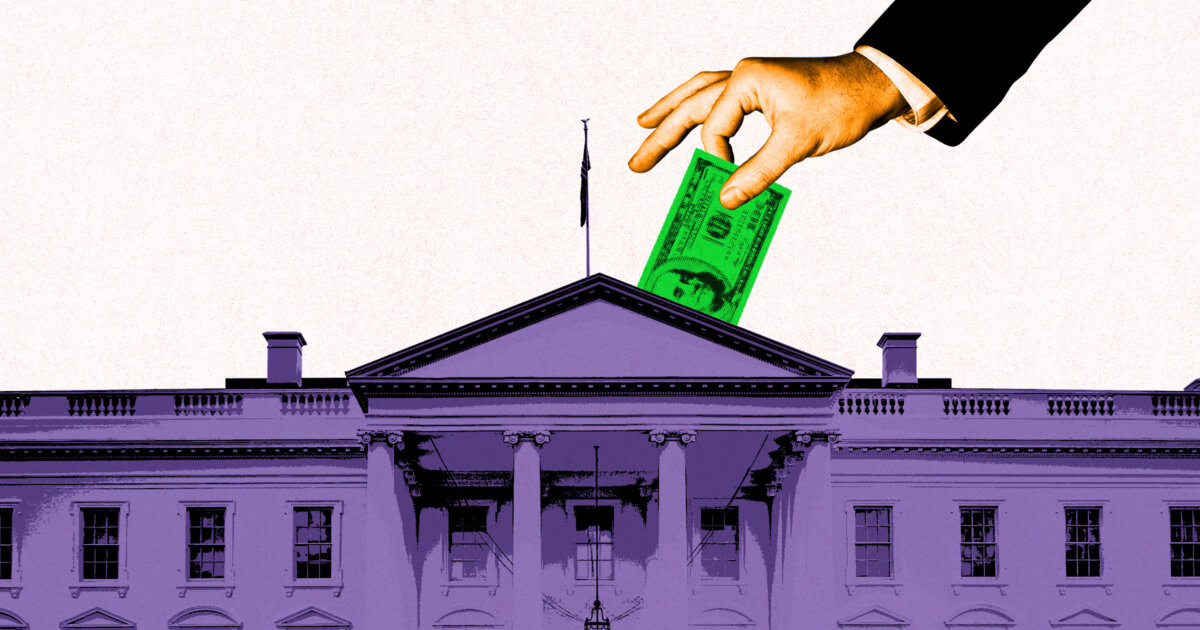
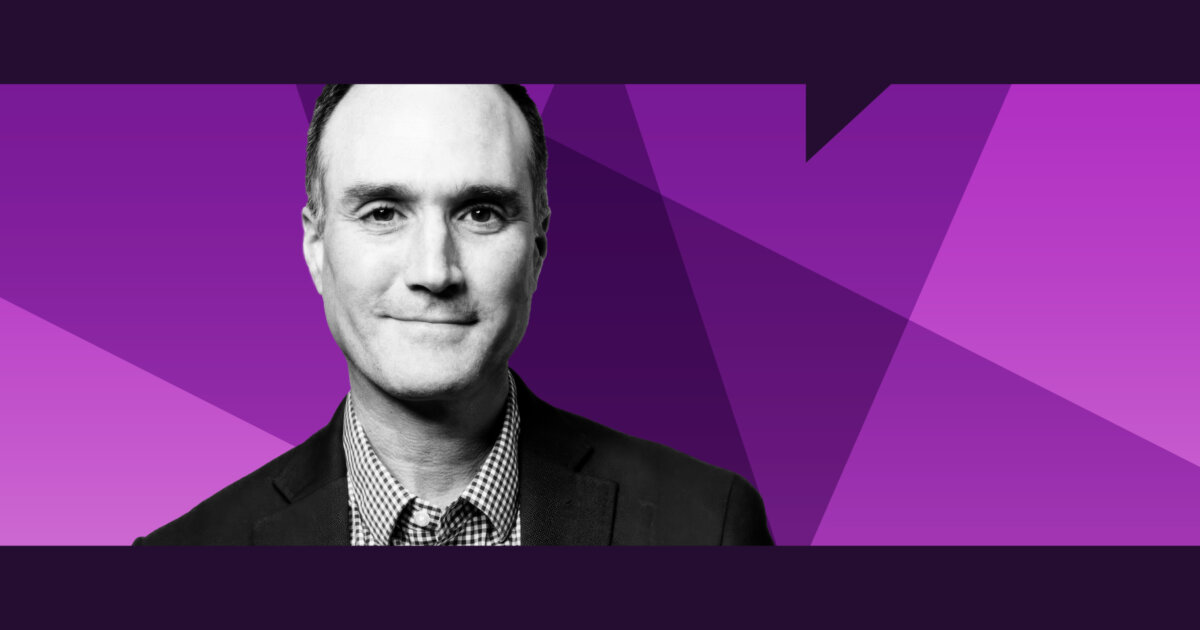



















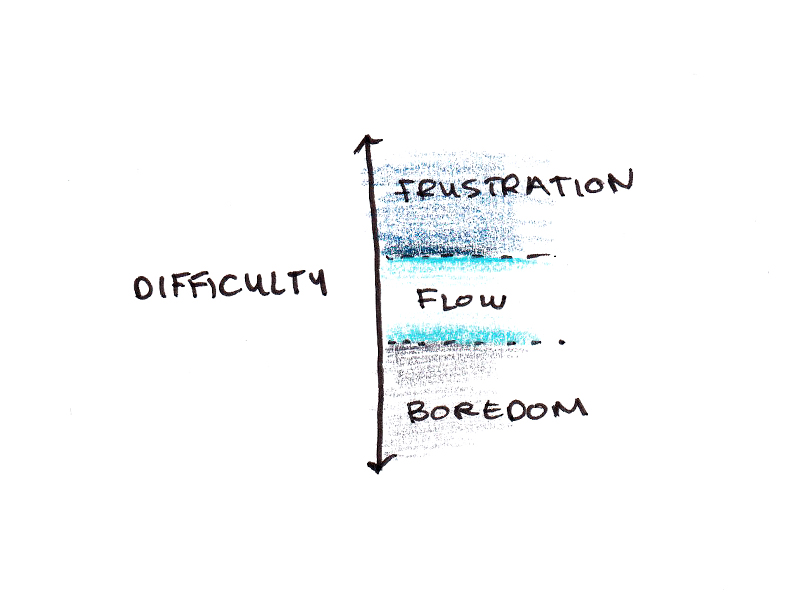
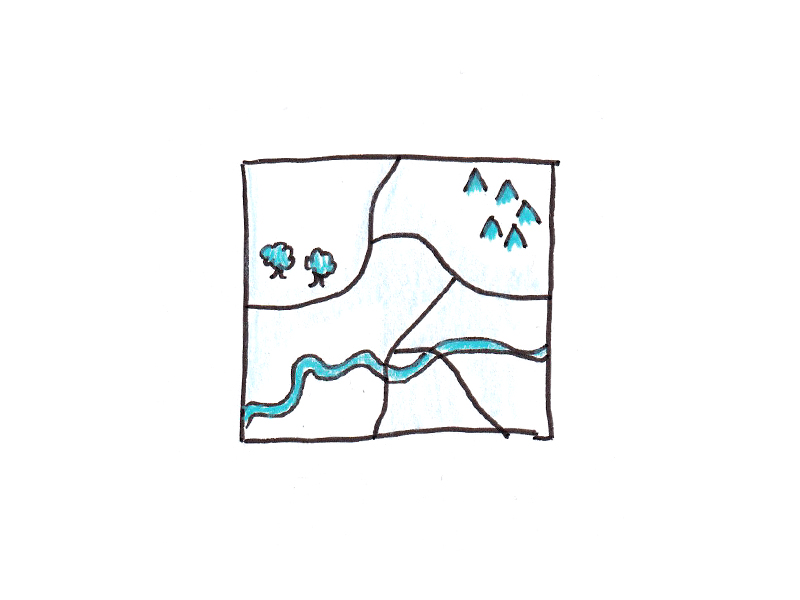

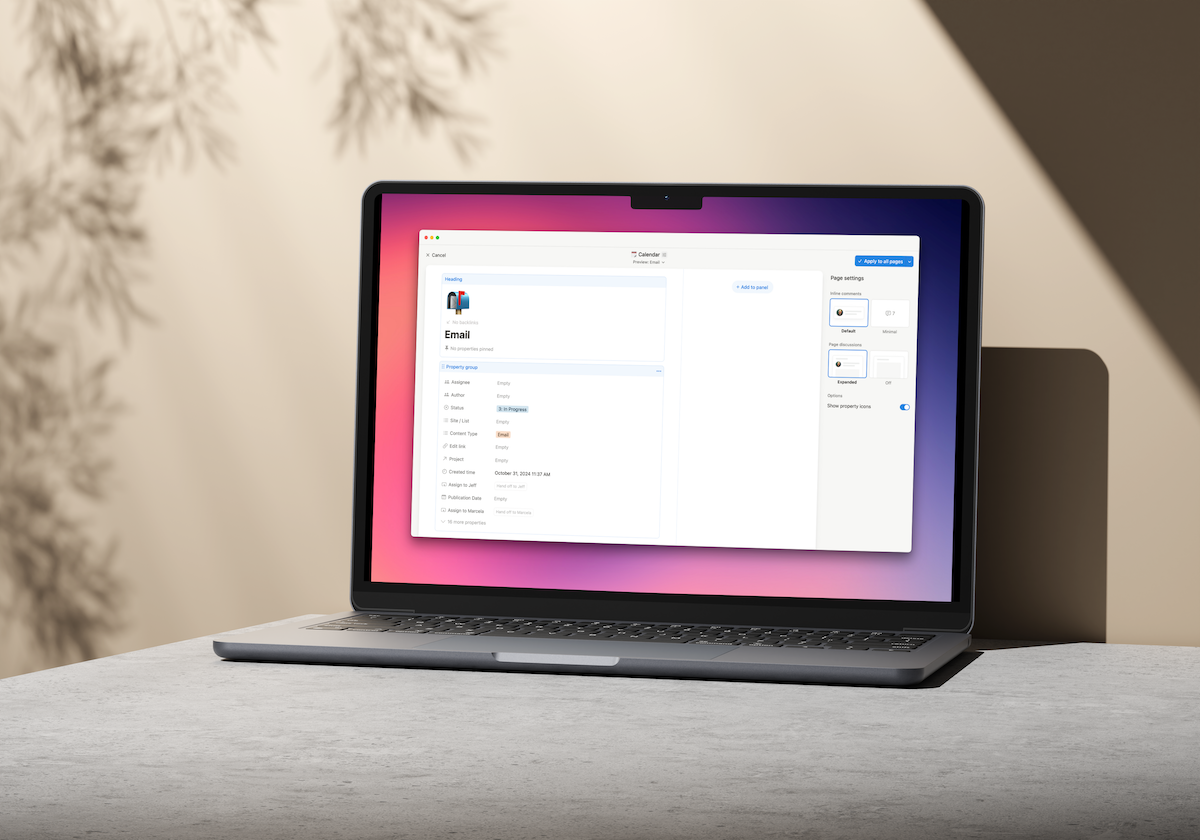












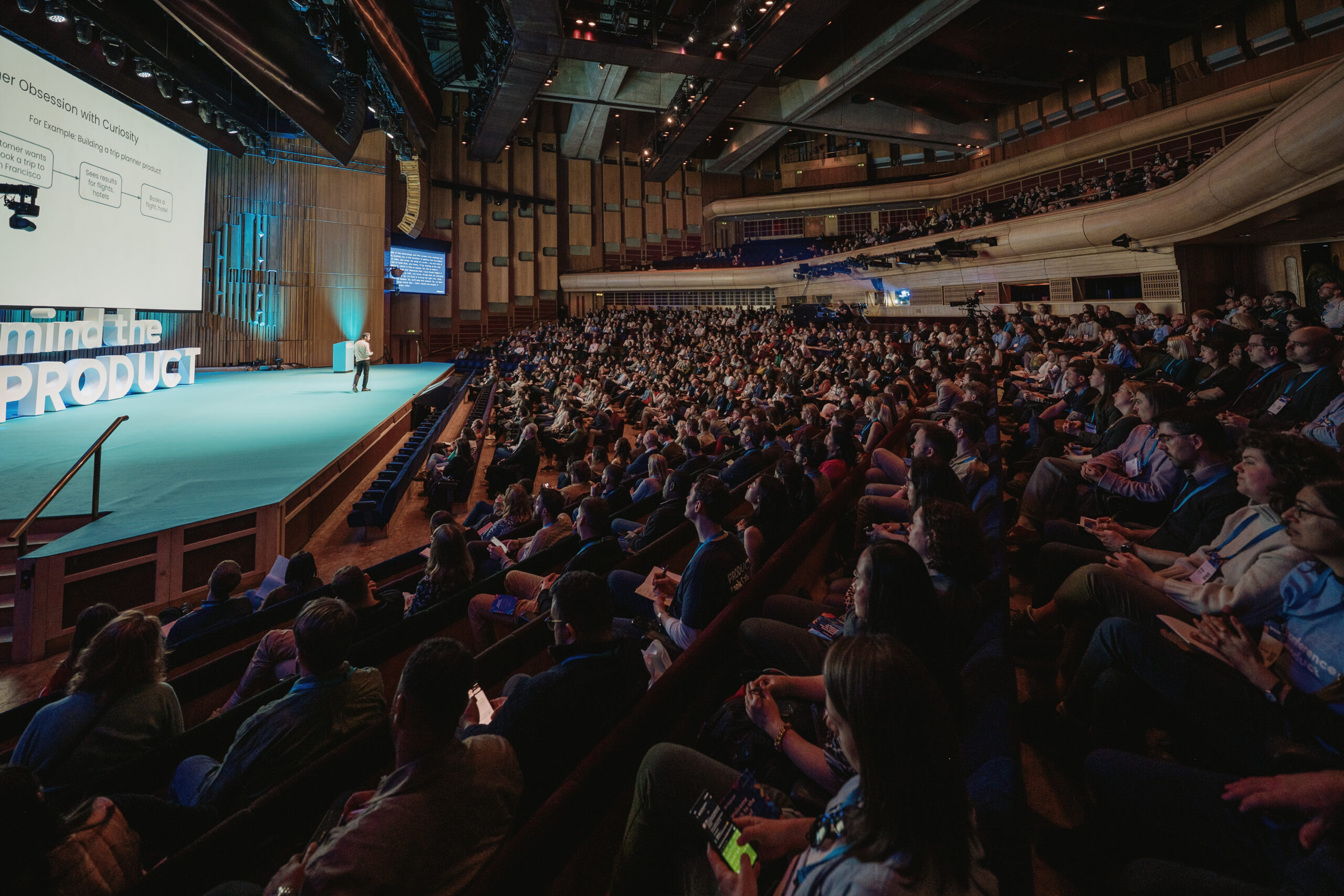


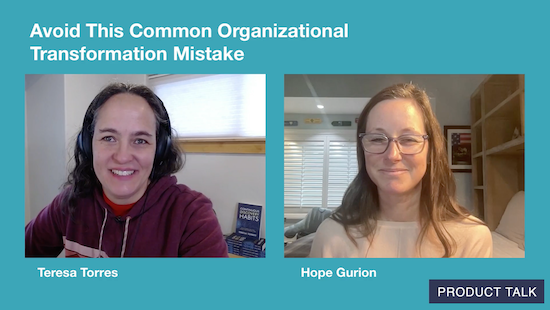
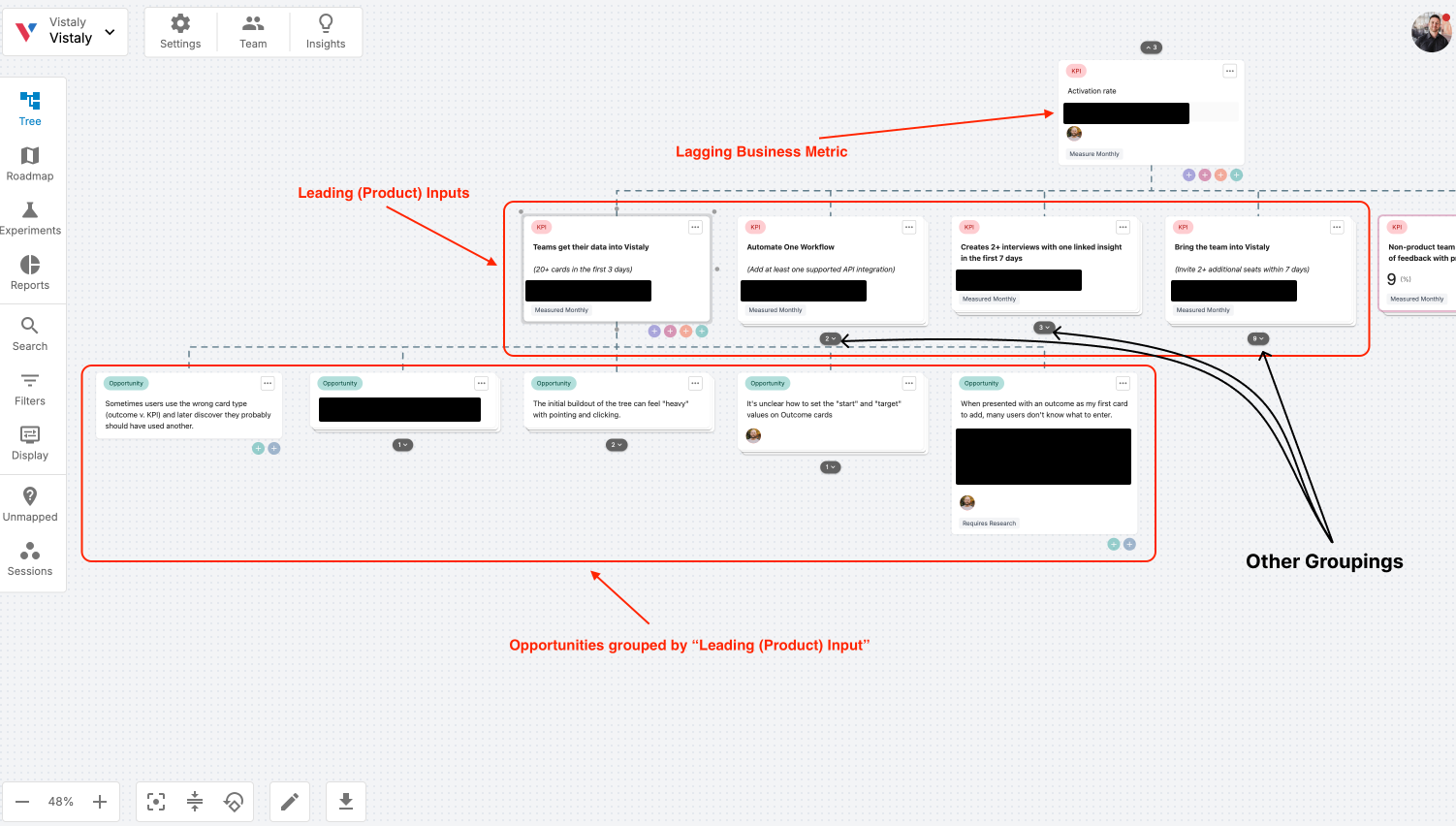
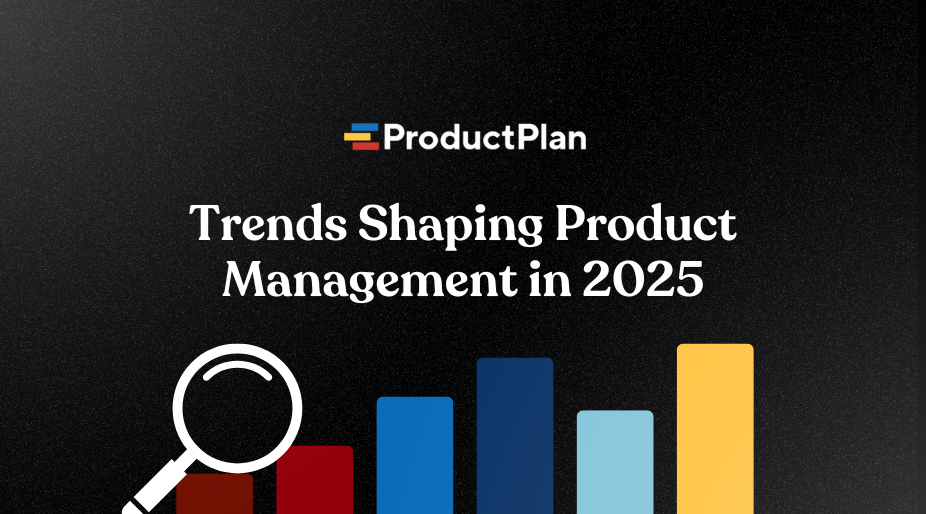


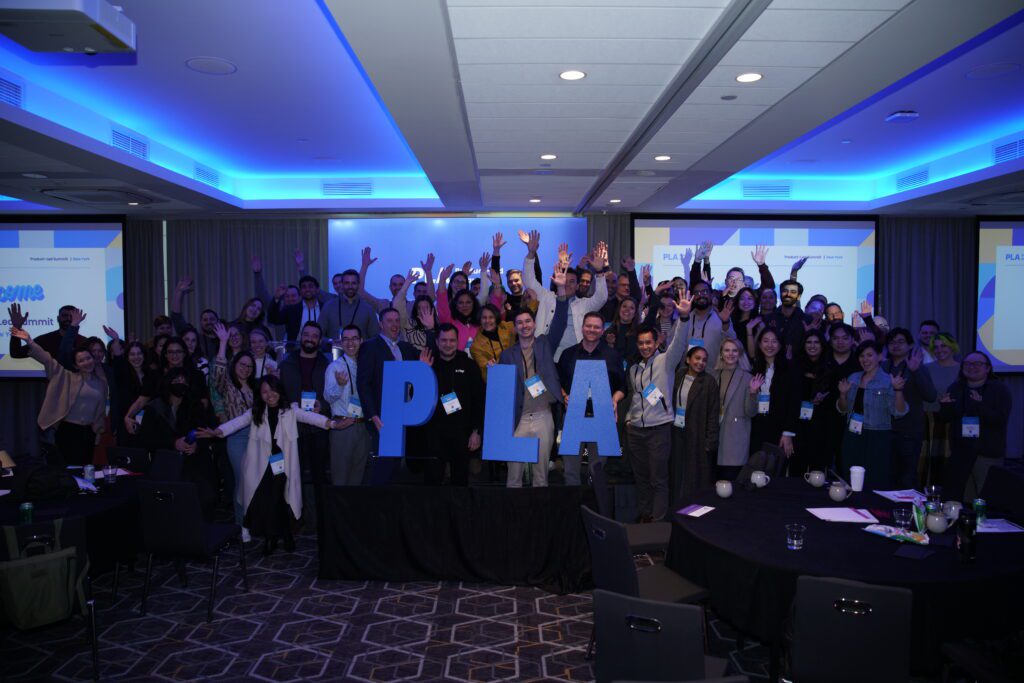









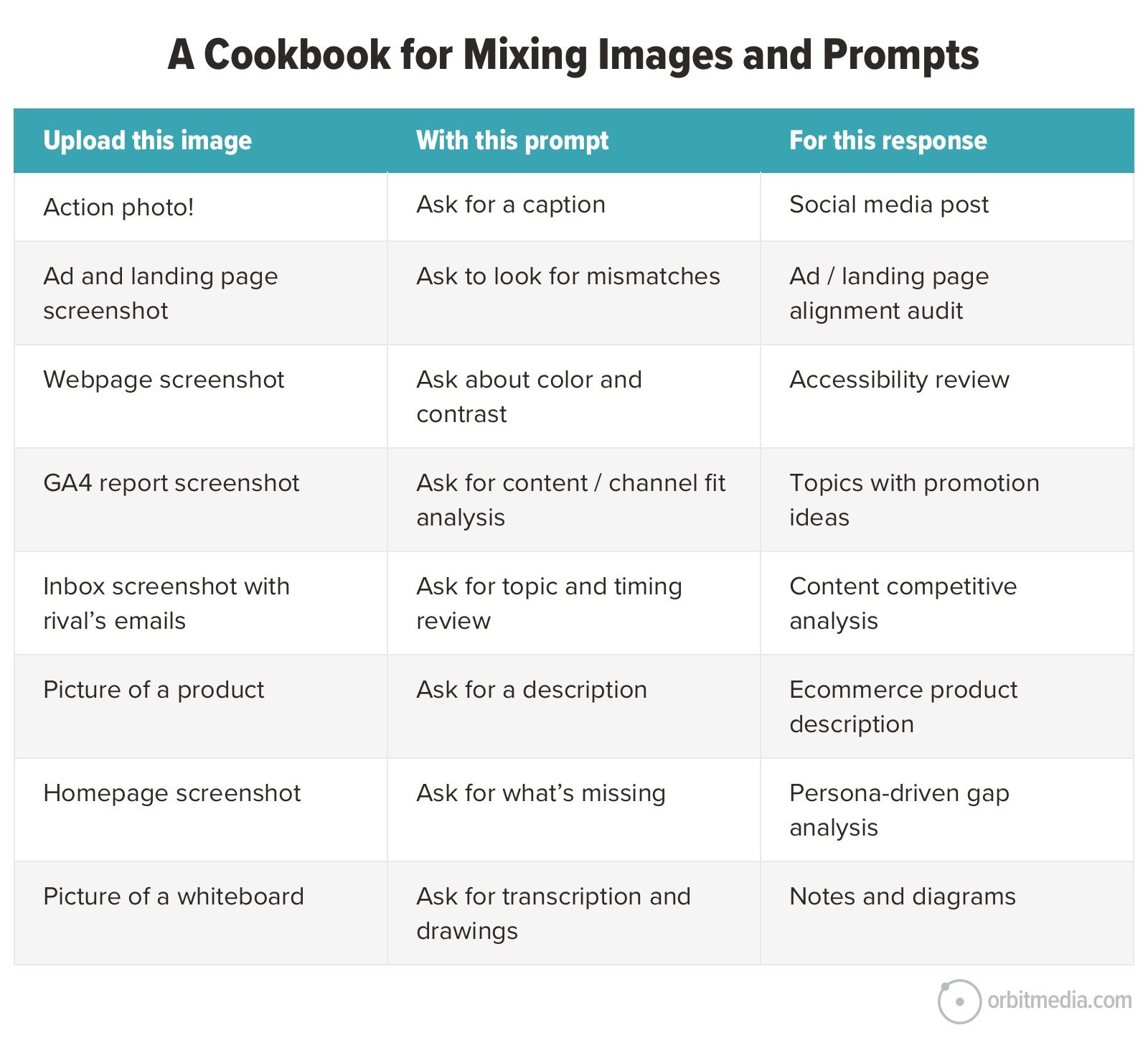


![Building A Digital PR Strategy: 10 Essential Steps for Beginners [With Examples]](https://buzzsumo.com/wp-content/uploads/2023/09/Building-A-Digital-PR-Strategy-10-Essential-Steps-for-Beginners-With-Examples-bblog-masthead.jpg)





![How One Brand Solved the Marketing Attribution Puzzle [Video]](https://contentmarketinginstitute.com/wp-content/uploads/2025/03/marketing-attribution-model-600x338.png?#)



